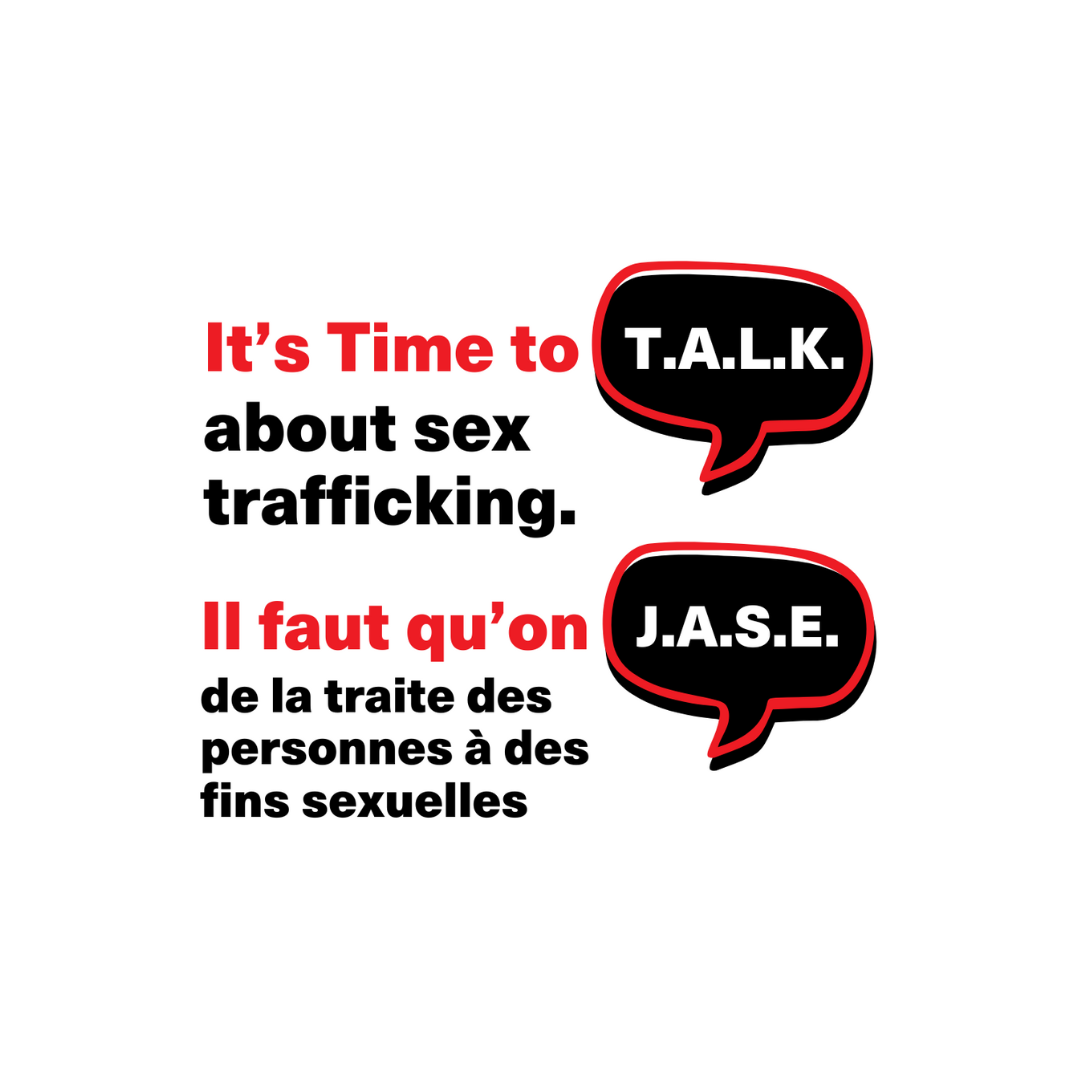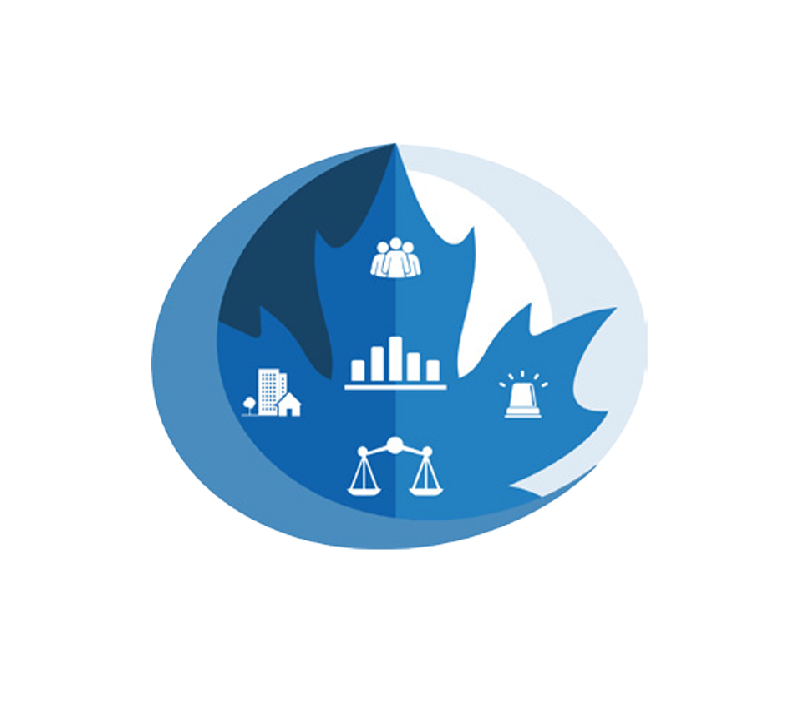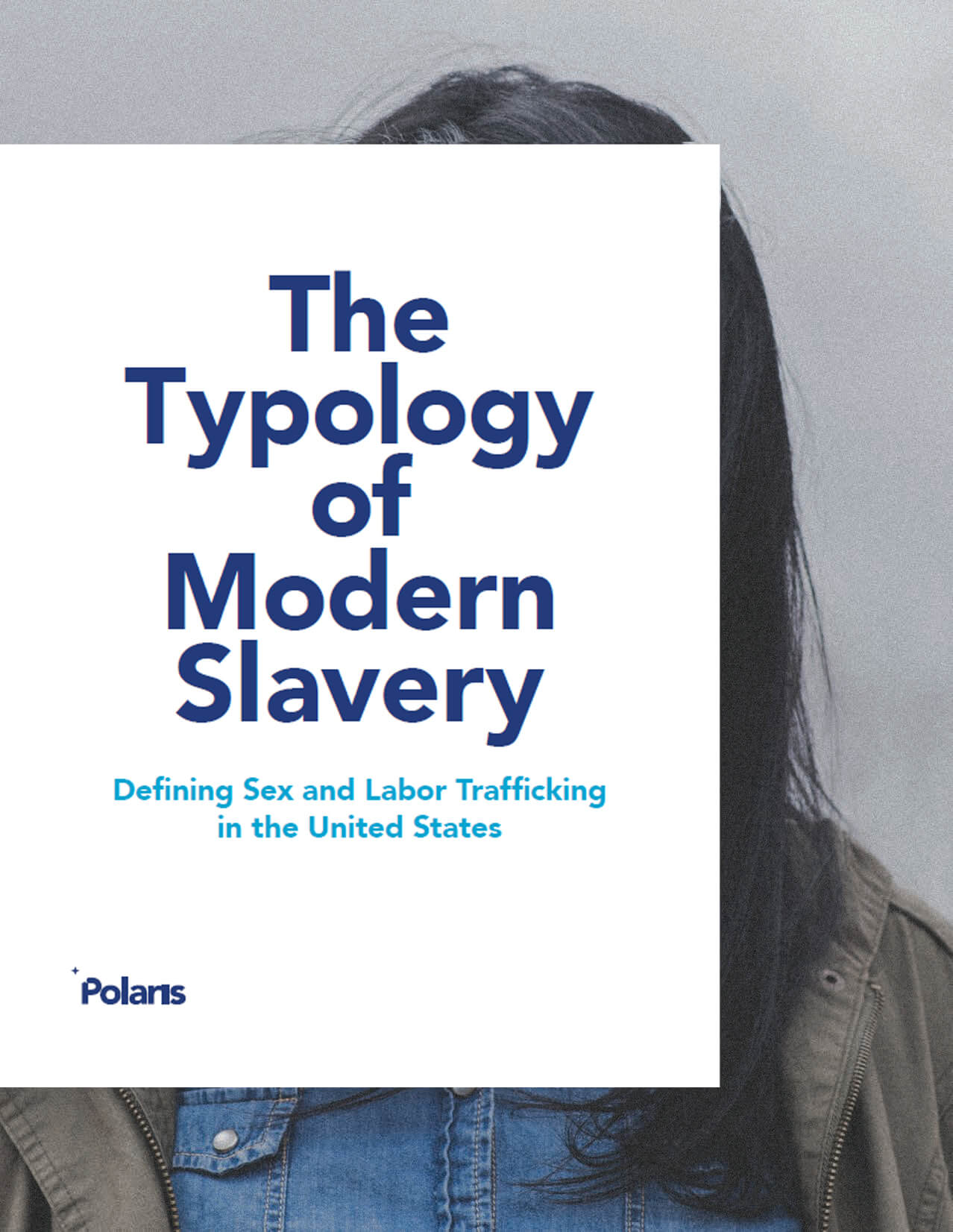Resources available in this library have been provided by the Canadian Human Trafficking Hotline and external stakeholders and organizations.

It’s Time to T.A.L.K.
Sex trafficking is a Canadian issue and our nation knows it. New research* reveals that 74 per cent of Canadians believe that sex trafficking is prevalent in Canada. Despite this fact, more than 70 per cent admit they have never had a conversation with a friend or family member about protecting themselves against sex trafficking. In fact, only 15 per cent of Canadians feel confident in their knowledge about the issue to start a conversation. Traffickers exploit this lack of education and awareness to target unsuspecting youth and ensure their crimes go unnoticed in our communities. To mark National Human Trafficking Awareness Day on February 22, The Canadian Centre to End Human Trafficking (The Centre) is sharing information to help all Canadians “talk the T.A.L.K.” and facilitate crucial conversations around sex trafficking, especially with young people. The downloadable resource, created in consultation with survivors of sex trafficking, is called “It’s Time to T.A.L.K.” – which stands for Teach Yourself About the Issue; Approach the Conversation with Care; Listen and Adapt; and Know There is Help.
Download the complete “It’s Time to T.A.L.K.” document here.
We are grateful to everyone who contributed time, knowledge and expertise to this campaign. A special thank you to our advisory group, including, but not limited to: Alexandra Stevenson, founder of The Laughing Survivor; Krystal Snider, Executive Disruptor at Collaborative Community Solutions; and Gracia Younes (Human Trafficking Survivor, sexual exploitation psychosocial caseworker, community organizer, and human trafficking expert/consultant).
Trafficking in persons in Canada, 2020
Canadian data reveal that the number of police-reported incidents have been increasing since 2009 (Cotter 2020; Ibrahim 2021; Parliament of Canada 2018), of which the vast majority of investigations were related to some form of sexual exploitation (Department of Justice 2015; UNODC 2021a). Whether this increase is due to a rise in the number of incidents, improved detection or increased public awareness cannot be determined through official data. Data on trafficking for forced labour is limited and, as such, it is not possible to measure the extent of this form of human trafficking, in Canada or abroad. Research to date, however, has shown how gender and age of forced labour trafficking victims varies across geography and economic sector, thereby affecting different genders in unique ways (UNODC 2021a). Conversely, human trafficking for sexual exploitation is highly gendered and affects women and girls disproportionately, although men and boys can also be victims (Parliament of Canada 2018; Public Safety Canada 2019; UNODC 2021a). The risk is heightened among particular groups such as Indigenous women and girls, vulnerable youth or those with prior involvement with the child welfare system, LGBTQ2+ persons,1 migrants and others who experience social or economic marginalization (Baird et al. 2020; Parliament of Canada 2018; Public Safety Canada 2020a; Public Safety Canada 2019; UNODC 2021a).

Survivors and Advocates
For the last 15 years, people in the modern anti-trafficking field have struggled to identify and disrupt human trafficking networks in the United States. This movement to stop modern slavery has confronted many challenges, and one of the most significant has been the absence of data that shows how human trafficking operates. To eradicate human trafficking networks and help survivors, we must be able to identify and disrupt the manifestations of trafficking in our communities. From sex trafficking within escort services to labor trafficking of farmworkers, the ways humans are exploited differ greatly. Each type has unique strategies for recruiting and controlling victims, and concealing the crime.


